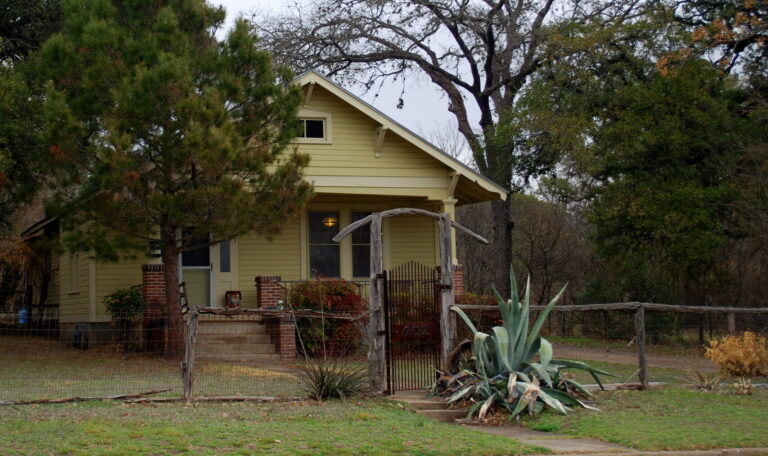Although the city of Austin offers help for low-income residents who wish to become homeowners, that assistance is limited to buyers who earn at or below 80 percent of the local Median Family Income, or MFI, which is currently $97,800 for a family of four.
At the request of City Council members Vanessa Fuentes and José Velásquez, the Austin city auditor has provided a report outlining techniques used by other cities to provide assistance to homebuyers earning more than 80 percent of the median family income.
The city’s Housing Department currently offers two homeownership assistance programs, each of which follow guidelines from the U.S. Department of Housing and Urban Development, known as HUD. The report notes that HUD’s down payment assistance program offers eligible homebuyers up to $40,000 to purchase a home. Only people at or below 80 percent MFI are eligible for that assistance.
According to the report, “Assistance can be used for down payment and closing costs; however, funding restrictions limit the reach of the program. Additionally, city staff state that the city’s annual allocation of funding from HUD will decrease in coming years. A decrease in funding will limit the number of residents the city is able to serve.”
So, the Housing Department could face difficulties in continuing to help low-income residents. The audit staff surveyed nine cities that help prospective homeowners to achieve their goals – Boston, Chicago, Denver, Houston, Phoenix, Portland, San Antonio, San Diego and San Francisco. Auditors reported that they surveyed how those cities have assisted people earning up to 120 percent MFI in becoming homebuyers.
Fuentes told the Austin Monitor, “Homeownership is one of the most powerful ways families can build stability and generational wealth, yet for too many in our city, it remains out of reach. This report I requested will play a critical role in addressing the gaps that prevent families from accessing homeownership resources.
“By learning from other cities and exploring new tools highlighted in the report, we can expand our resources to make the dream of owning a home a reality for more Austinites. I intend to bring forward a policy resolution for Council consideration on this important matter,” she said.
Some of these cities use tax increment financing and tax increment reinvestment zones to fund their homeownership programs. The report notes that Houston uses TIRZ revenue to assist homebuyers and does not limit home prices. The program also provides gap loans to developers for construction of affordable homes.
San Antonio may offer the most interesting program for Austin’s purposes. City employees, as well as fire and police employees, may receive up to $40,000 in down payment assistance if they earn up to 120 percent of the MFI. Those employees are required to contribute $500 to purchase the home, and loans are fully forgiven after 10 years. The programs use local funds from the city budget, the report says.
San Antonio residents who are not city employees can receive up to $15,000 in down payment assistance for new homes costing $325,800 and existing homes costing $305,200. These loans are partially forgivable, with 75 percent of the loan being forgiven over a 10-year period. These loans are also funded through the city’s budget.
According to the report, Portland offers homebuyers in the program incentives in the form of a 10-year property tax exemption. Under this program, the city forgoes tax revenue on the home, though it still collects taxes on the value of the land.
Boston operates its program using a lender partnership, which uses local funds to help homebuyers. The program requires an acceptable credit score, and borrowers must have one to three months of housing payments in the bank but are limited to $75,000 in assets.
Photo made available through a Creative Commons license.
The Austin Monitor’s work is made possible by donations from the community. Though our reporting covers donors from time to time, we are careful to keep business and editorial efforts separate while maintaining transparency. A complete list of donors is available here, and our code of ethics is explained here.
